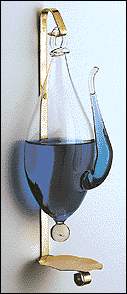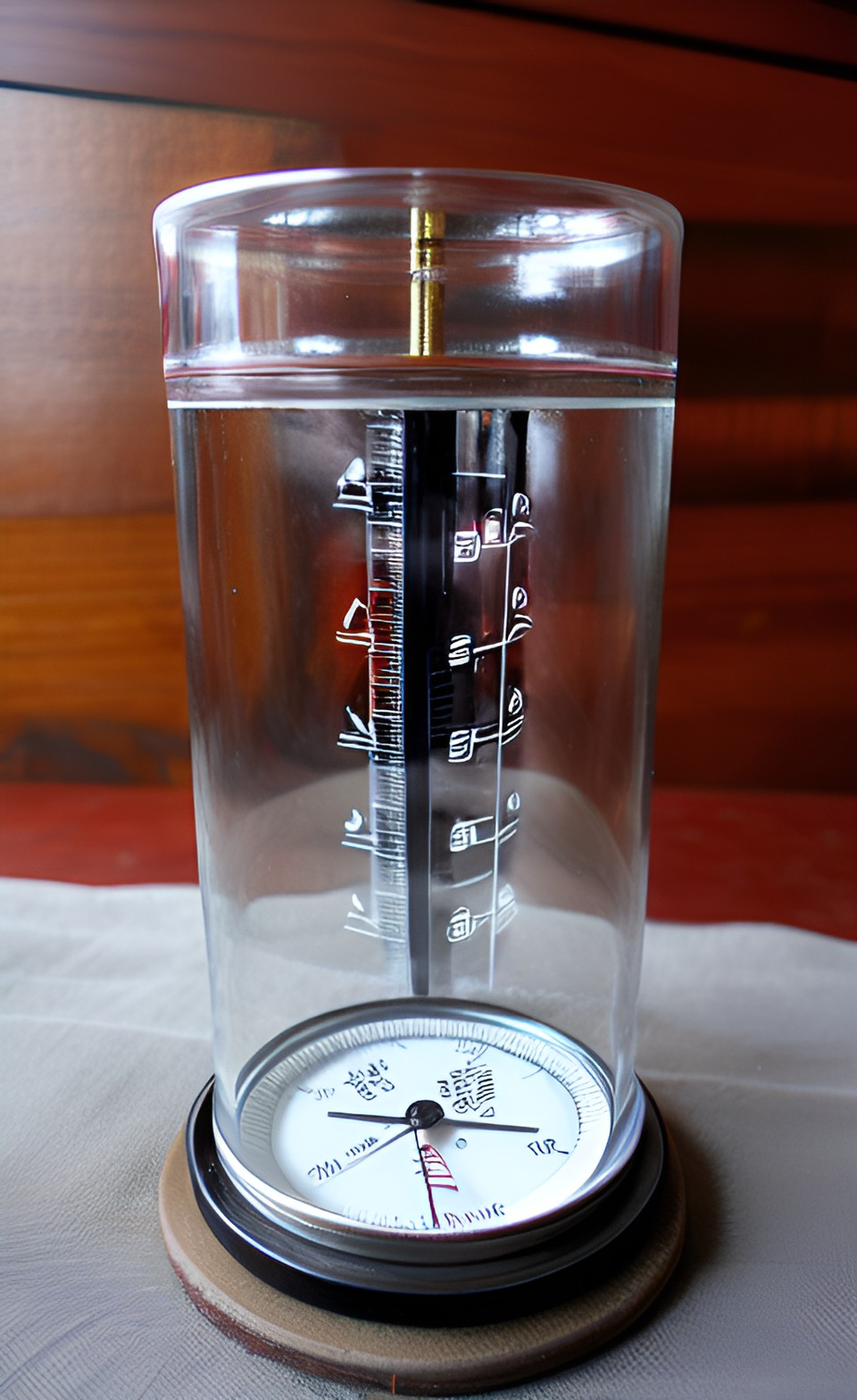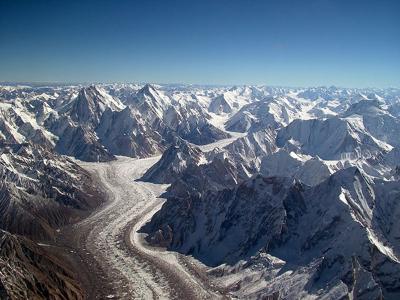- Air Homepage
- Weather Equipment
- Making a Barometer
Try making a barometer yourself.
Find more about weather equipment.
Making a barometer doesn't require that much scientific expertise, even though the concept may seem a bit complicated. A barometer measures the atmospheric pressure, meaning the force exerted on a specified area by the earth's atmosphere.
What's the point of making your own barometer? You might make a barometer as a science project or to learn about atmospheric pressure. Barometers measure air pressure, which can be useful for predicting weather changes. Someone can learn how air pressure works and how it affects the weather by making their own barometer.
Making a barometer is also a fun and educational DIY project. It can teach someone about the materials and components in a barometer, like the glass tube and mercury, and give them a sense of accomplishment. It's also a good skill for outdoor enthusiasts, like hikers and sailors, who need to monitor weather changes for safety.
First, there are 3 types of barometers: water barometers, aneroid barometers, and mercury barometers.
Aneroid barometers don't use liquid. They have a sealed metallic chamber with flexible upper and lower surfaces that bend when pressure changes.
The atmospheric pressure pushes down on the surface of the mercury in a dish, and the vacuum pump pulls up on the mercury in an attached tube. Mercury in the tube is held in equilibrium between the two forces, so the mercury column in the tube has a height proportional to atmospheric pressure. This way, using a glass tube and an open dish filled with mercury and a vacuum pump, we can build mercury barometers. Mercury column height tells us barometric pressure.
Since water has a lower density than mercury, making a barometer using water could be quite daunting because typical atmospheric pressure supports over thirty feet of water.
Instead of absolute pressure, the column of water shows variations in atmospheric pressure. Alcohol can also be substituted for water.
When making a barometer…
Try this: Use dyed alcohol. Or this:
- Find a glass tube around 35" in length
- Seal one end of it with chewing gum or putty
- Now you'll need a small glass, some colored alcohol, scotch tape, a yardstick, a 2x10" sheet of cardboard, and a ring stand.
- Pour the remaining liquid into the small glass after filling the tube with alcohol
- Place the tube inverted into the glass and clamp it in place
- Use the yardstick to calibrate the device after marking the height in inches on the cardboard
- Slide the cardboard up and down until you get the right pressure reading.
Here's an alternative way to make barometer gadgets. Take a drinking straw, a balloon, some rubber bands, some scotch tape, a piece of cardboard, and a toothpick.
You'll need to inflate the balloon to stretch it, then let the air out, then spread the remaining part over the mouth of the jar and seal it with a rubber band. Tape your toothpick to one end of the straw.
Connect the straw's other end to the center of the disc. You can use the cardboard as a measuring scale by folding it into a triangle and fastening the ruler to the center. In this aneroid design, the toothpick moves to show atmospheric pressure changes.
If you're really good at making your own barometer and love it...
Your career options might be revealed. Someone with this passion might be interested in:
- The job of a meteorologist is to forecast weather and climate change by studying the atmosphere and weather patterns. In addition to barometers, they often use other instruments to measure air pressure.
- An atmospheric scientist studies and analyzes the Earth's atmosphere to understand weather patterns, climate change, and air pollution. Barometers can be used to measure atmospheric pressure.
- An instrumentation technician designs, installs, and maintains various instruments and equipment used in scientific research, like barometers.
- Environmental consultant: They help businesses and organizations minimize their environmental impact. A project's environmental impact can be assessed using data from barometers and other weather monitoring instruments.
- Science educators teach students about various scientific concepts and may use hands-on experiments to illustrate them, like building a barometer.
Making a barometer with liquids and items from your house is a fun experiment to show how weather observers measure pressure.
A person who likes to make their own barometer might very well be interested in atmospheric sciences, meteorology, or related fields.
Go back from Making a Barometer to the
Weather Equipment page now.
Search this site for more information now.
It is easier than you might think to construct a barometer for measuring air pressure
An innovative method for measuring atmospheric pressure changes and observing one weather parameter by making a barometer.
Do you have concerns about air pollution in your area??
Perhaps modelling air pollution will provide the answers to your question.
That is what I do on a full-time basis. Find out if it is necessary for your project.
Have your Say...
on the StuffintheAir facebook page
Other topics listed in these guides:
The Stuff-in-the-Air Site Map
And,
Thank you to my research and writing assistants, ChatGPT and WordTune, as well as Wombo and others for the images.
GPT-4, OpenAI's large-scale language generation model (and others provided by Google and Meta), helped generate this text. As soon as draft language is generated, the author reviews, edits, and revises it to their own liking and is responsible for the content.




New! Comments
Do you like what you see here? Please let us know in the box below.